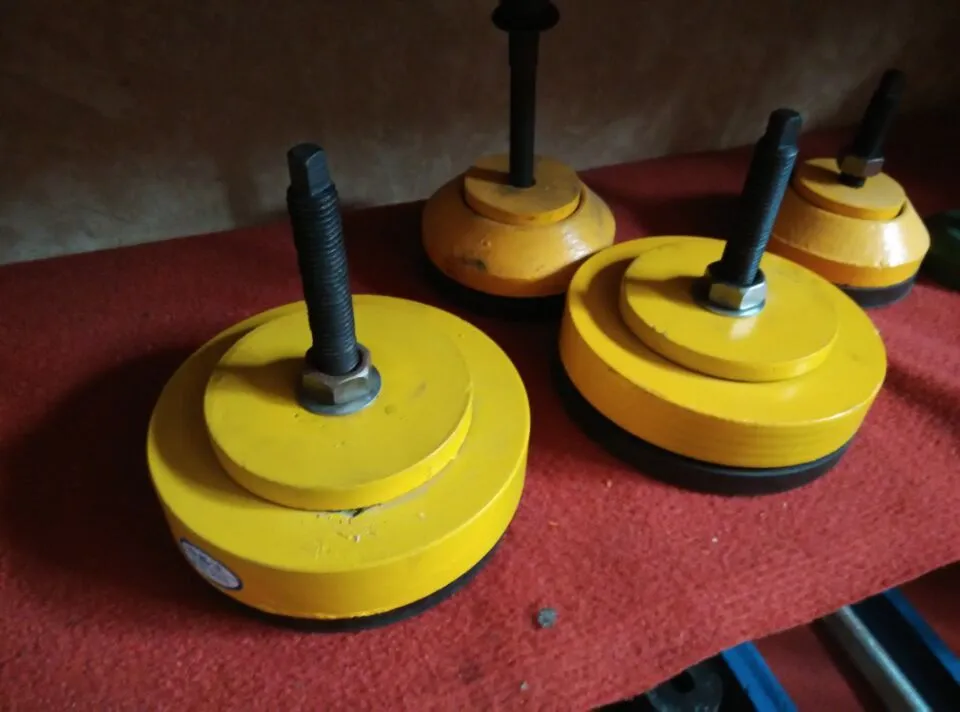nov . 26, 2024 19:49 Back to list
Understanding the Functionality of Hose Check Valves for Fluid Control
Hose Check Valve Ensuring Efficiency and Safety in Fluid Systems
In various industrial and domestic applications, the necessity for efficient fluid management cannot be overstated. One critical component that plays a significant role in maintaining fluid integrity and preventing backflow is the hose check valve. This seemingly simple mechanism is vital in ensuring that fluids flow in one direction, thereby enhancing the safety and efficiency of a wide range of fluid systems.
What is a Hose Check Valve?
A hose check valve, also known as a one-way valve, is a device installed within a hose line that allows fluid to enter but prevents it from flowing back. Typically constructed from materials like plastic, brass, or stainless steel, these valves come in various sizes and designs to accommodate numerous applications. They are commonly used in irrigation systems, irrigation equipment, and even in plumbing fixtures to ensure that water flows smoothly without reversing.
Importance of Hose Check Valves
1. Prevention of Backflow One of the primary functions of hose check valves is to prevent backflow, which can occur for various reasons, such as pressure fluctuations or changes in the elevation of the fluid supply. Backflow can lead to contamination of the fluid source, causing serious health hazards, especially in drinking water systems. The installation of a check valve mitigates this risk by ensuring that once the fluid flows in one direction, it cannot return.
2. Protection of Pumps and Equipment In systems that utilize pumps, check valves are essential to safeguard the pump from possible damage due to backflow. When a pump shuts off, a check valve prevents the fluid from flowing back into the pump, thus avoiding cavitation and erosion of pump components. This protection translates into lower maintenance costs and longer equipment lifespan.
3. Enhancing System Efficiency By ensuring unidirectional flow, hose check valves help maintain the intended system pressure and flow rates. This efficiency is crucial in applications like irrigation systems, where optimal water distribution is required to avoid waste and ensure proper plant hydration.
4. Simplicity and Reliability The design of hose check valves is relatively straightforward, incorporating a spring mechanism or gravity to facilitate the opening and closing of the valve in response to fluid flow. This simplicity translates to low maintenance and high reliability. Most check valves do not require significant operational intervention, making them ideal for continuous operations.
hose check valve

Types of Hose Check Valves
There are several types of hose check valves, each suited to different applications
- Spring-Loaded Check Valves These valves utilize a spring mechanism to maintain closure against backflow pressure and allow flow when the forward pressure exceeds a certain limit.
- Gravity Check Valves Primarily used in applications where the fluid is moving under the influence of gravity, these valves rely on gravity to keep them closed until the forward flow pressure opens them.
- Tilting Disc Check Valves These use a disc that tilts on a hinge to allow fluid flow in one direction and prevent reverse flow. They are often used in larger pipes and industrial applications.
Installation Considerations
When installing a hose check valve, it is essential to consider the orientation of the valve relative to the fluid flow direction. Most check valves have an arrow indicating the direction of flow, and adherence to this guideline ensures proper function. Additionally, ensuring that the valve is suitable for the specific fluid type—whether it's water, oil, or chemicals—is crucial for performance and longevity.
Conclusion
In summary, hose check valves are a foundational component in fluid management systems that significantly enhance safety, efficiency, and reliability. Their role in preventing backflow, protecting sensitive equipment, and ensuring optimal fluid flow positions them as indispensable in both industrial and residential applications. As industries continue to evolve and place greater emphasis on efficiency, the importance of components like hose check valves will only increase, ensuring that fluid systems operate smoothly and safely.
-
Thread Plug Gauge Our Promise of Measurement ExcellenceNewsAug.22,2025
-
Gauge Pin Class Reflecting Quality LegacyNewsAug.22,2025
-
Check Valve Types for High Rise BuildingsNewsAug.22,2025
-
Water Control Valve for Irrigation SystemsNewsAug.22,2025
-
Gate Valve with Soft Seal TechnologyNewsAug.22,2025
-
Y Type Strainer for Oil and Gas ApplicationsNewsAug.22,2025
Related PRODUCTS









